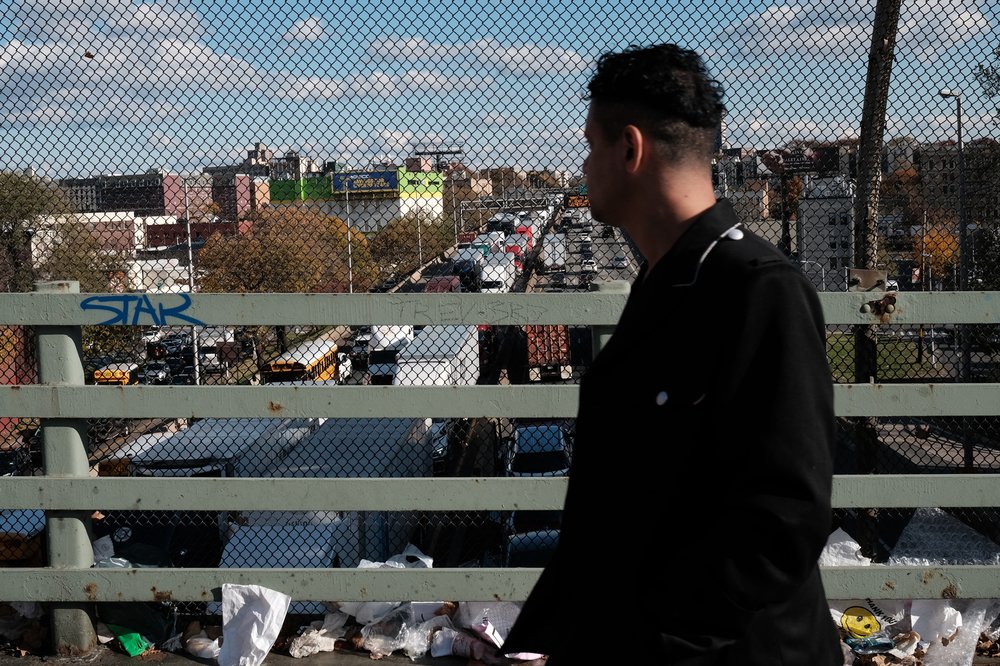Capping Cross Bronx Expressway would bring more parks to polluted borough, report finds
Oct. 16, 2024, 4:25 p.m.
Each capped section of highway would cost $2 billion, according to the city's transportation department.

Stretches of the Cross Bronx Expressway could be capped for $2 billion per location, transportation officials announced on Wednesday, giving early support to what would be an ambitious, transformative project.
A report released by the New York City Department of Transportation pinpointed 13 sections of the notorious highway that could be covered with green space. Such projects present “a high level of engineering complexity” and would require a “comprehensive funding strategy,” the report noted.
But if the caps are built, they could benefit neighborhoods around the Cross Bronx by increasing traffic safety on nearby streets, lowering noise levels in neighboring communities and better reconnecting areas interrupted by the expressway.
As one example, a cap between University and Jerome avenues would allow pedestrians to more quickly reach subway lines on the other side of the highway, the report said. Renderings of the caps published in the report show highways covered with parkland and bike lanes.
“Tomorrow is about green space. Tomorrow is about covering up the highways. And tomorrow is about more trees to bring cleaner air to this entire borough,” Deputy Mayor of Operations Meera Joshi said at a news conference.
The transportation department said the next step will be presenting the potential cap sites to community members, and then selecting a few locations for a potential redesign.
“Led by the residents of the Bronx, this comes as … an opportunity to make the community whole again,” Transportation Commissioner Ydanis Rodriguez said.
Sam Schwartz, a former New York City traffic commissioner, said that project would change the Bronx for the better.
“It can be done. It’s been done,” he said. “We have a number of examples. Battery Park itself, there’s a highway that goes right underneath it.”
But Schwartz also said the expected price per section sounded “astronomically high.” In 2015, he worked on building the Rockefeller University deck over the FDR Drive in Manhattan and said the entire project, including a park and buildings, cost $500 million.
The Cross Bronx Expressway was designed by urban planner Robert Moses and built between 1948 and 1972. The highway is widely seen as a physical manifestation of structural racism that bulldozed communities across the Bronx to speed up drivers’ trips between New Jersey and Long Island. Approximately 40,000 residents' homes were destroyed, according to the city.
The highway is a key divider in the city’s poorest borough and a major source of pollution that harms residents’ health. Fordham University researchers said the Bronx has some of the country's worst asthma rates, citing direct exposure to carbon emissions from car traffic on the expressway.
The transportation department report argues that highway capping can lower concentrations of pollutants in nearby locations. But the report noted that ventilation would still be needed to circulate air for vehicles in capped sections of the expressway.
Congestion pricing pause jeopardizes NYC projects fighting air pollution in low-income areas